Bringing history to life
Updated: 2016-06-14 07:23
By Wang Kaihao(China Daily)
|
||||||||
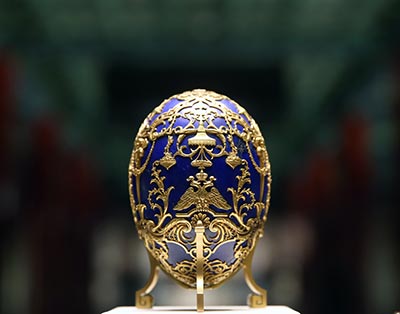 |
|
The ongoing Faberge Revealed exhibition from the Virginia Museum of Fine Arts features Easter eggs at Beijing's Palace Museum. [Photo by Jiang Dong/China Daily] |
Last week, at the seventh China-US High Level Consultation on People-to-People Exchanges, professionals from top-tier US museums-The Peabody Essex Museum in Salem, Massachusetts, and the Freer Gallery of Art and the Arthur M. Sackler Gallery under the Smithsonian Institution, in Washington DC, reached an agreement with the Palace Museum in Beijing for closer collaboration.
Wang Yiyou, the curator of Chinese and East Asian Art at the Peabody Essex Museum, says the museums will build partnerships in areas like professional exchanges, preservation, studies of objects and research.
"It will be a well-rounded relationship," she says.
The Peabody Essex Museum has displayed Chinese treasures since 1800, a year after its founding, while the Freer and Sackler galleries are among the biggest repositories in the US of Chinese cultural relics.
All three institutions have worked with Chinese museums before.
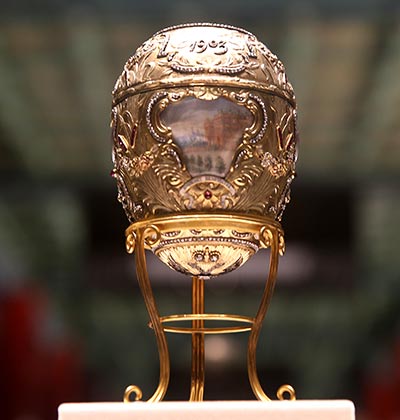 |
|
The ongoing Faberge Revealed exhibition from the Virginia Museum of Fine Arts features Easter eggs at Beijing's Palace Museum. [Photo by Jiang Dong/China Daily] |
For example, over 2010-11, the Peabody Essex Museum worked with the Palace Museum to organize an exhibition in the US called The Emperor's Private Paradise: Treasures from the Forbidden City.
The exhibition, which comprised cultural relics from Juanqinzhai, a studio which made exquisite decorative art for Emperor Qianlong (1711-99), toured the US, including New York City, Boston and Milwaukee.
Wang says more than half a million visitors saw the display in the US-one of the biggest exhibitions held by the Peabody Essex Museum.
"We want to cooperate with the Palace Museum to start another round of exhibitions," says Wang.
Meanwhile, according to Jan Stuart, the curator of Chinese art at the Freer and Sackler galleries, there is a program that trains "future leaders of Chinese museums" since 2000, and Li Ji, the head of the archaeology department at the Palace Museum was one of the scholars who pursued the program there.
Besides, there were conservators and exhibition designers from the Palace Museum and other Chinese museums at her institution.
- Orlando massacre sparks gun-control bill
- Cambridge students celebrate end of exams with cardboard boat race
- Pensions for elderly threatened if Brexit wins, warns British PM
- Park calls for national unity on peninsula's denuclearization
- 232 Indian cadets take part in parade in Bhopal
- UK's Cameron warns health services, pensions could face cuts post-Brexit

 Turning straw to gold: folk artist's straw pyrography
Turning straw to gold: folk artist's straw pyrography
 People in shock after Florida nightclub shooting
People in shock after Florida nightclub shooting
 Shanghai Disneyland all set for official opening on Thursday
Shanghai Disneyland all set for official opening on Thursday
 British pageantry on parade for Queen's official birthday
British pageantry on parade for Queen's official birthday
 Carrying bricks to selling carrots: Life of child laborers
Carrying bricks to selling carrots: Life of child laborers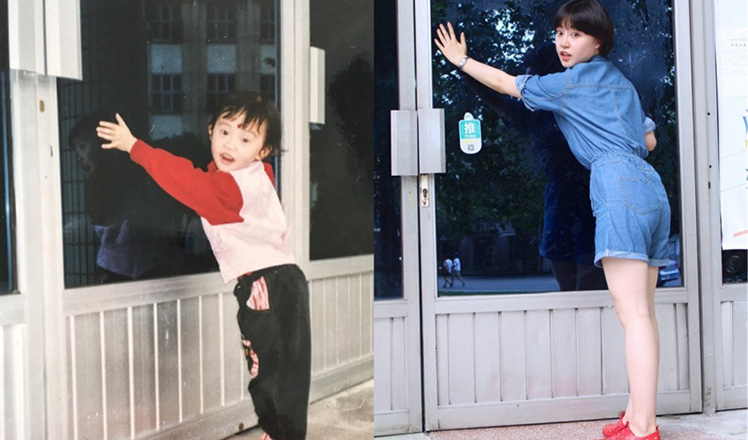
 Graduate revisits same university spot 19 years later
Graduate revisits same university spot 19 years later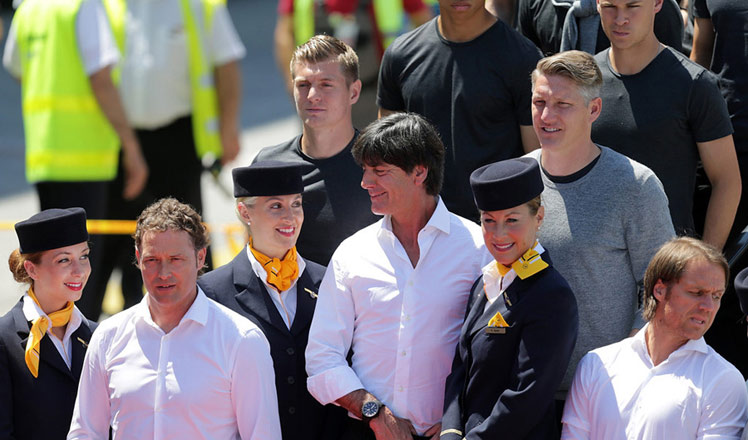
 Euro powers land in France for UEFA EURO 2016
Euro powers land in France for UEFA EURO 2016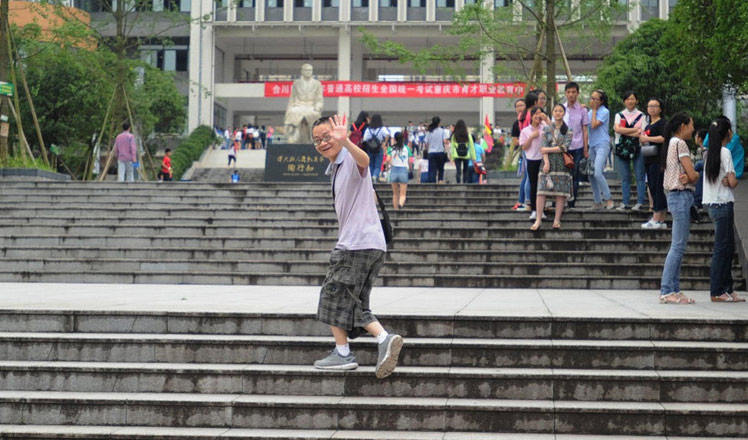
 The most unusualgaokao candidates in 2016
The most unusualgaokao candidates in 2016
Most Viewed
Editor's Picks

|

|

|

|

|

|
Today's Top News
Abe's blame game reveals his policies failing to get results
Ending wildlife trafficking must be policy priority in Asia
Effects of supply-side reform take time to be seen
Chinese State Councilor Yang Jiechi to meet Kerry
Chinese stocks surge on back of MSCI rumors
Liang avoids jail in shooting death
China's finance minister addresses ratings downgrade
Duke alumni visit Chinese Embassy
US Weekly

|

|







